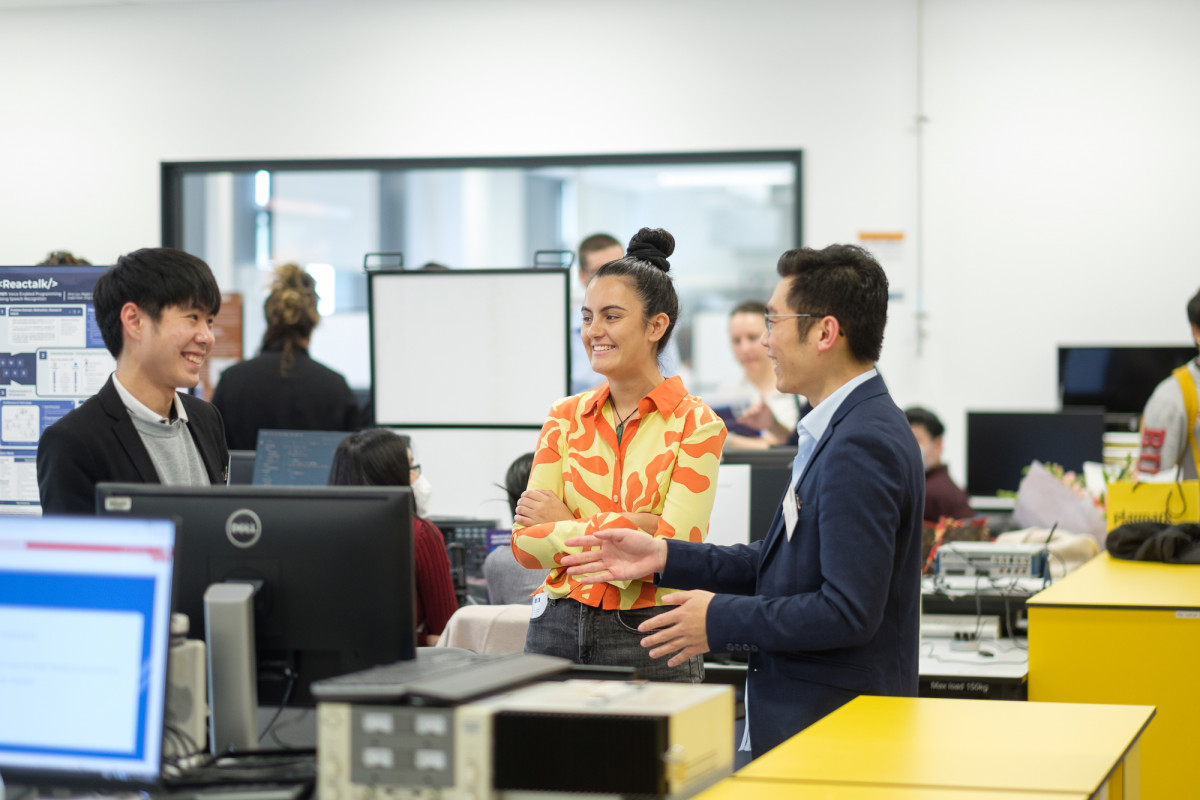The “r” sound in te reo Māori can be difficult for some people to pronounce - but even more so for Google Maps and Siri.
This caught the attention of Waipapa Taumata Rau University of Auckland engineering PhD student Isabella Shields (Ngāti Porou), whose research will address technology’s mispronunciation of Māori words.
Isabella says the correct pronunciation is critical in speech technology, and she believes it’ll help revitalise te reo.
This research may also improve Google Maps’ and Siri’s pronunciations of Māori words, she says.
“One of the things missing from our understanding of te reo Māori is the variation in how the “r” sound is pronounced,” she says.
“My hope is this research can bridge that gap.”

Waipapa Taumata Rau University of Auckland engineering PhD student Isabella Shields (Ngāti Porou), is doing research that will address technology’s mispronunciation of Māori words. (Photo: Supplied)
Complexity of the Māori ‘R’ sound
Isabella first wanted to develop a tool to help language learners improve their pronunciation, but says she quickly realised the complexity and variation of the "r" sound needed independent and focused research.
In her study, she’s examining similar "r" sounds in other languages and understanding the different pronunciations across varying iwi dialects.
“The Māori "r" is most commonly described as a ‘tap,’ which involves a quick tap of the tongue tip against the roof of the mouth.
“Although this type of sound is found in many Polynesian languages, as well as European languages like Spanish, the Māori "r" can manifest in many different ways. We can’t assume a sound appears and varies in the same ways from language to language.”
Te Puna Wānanga School of Māori and Indigenous Education senior lecturer Dr Peter Keegan (Waikato-Maniapoto, Ngāti Porou) is one of Isabella’s supervisors and has done research on sound change in te reo Māori.
He says te reo Māori in speech technology needs to be equivalent to what a human can do, otherwise users will not have confidence in that system.
He says people learning te reo Māori can find the "r" sound difficult and have wondered how they could be given automated feedback.
“You cannot provide feedback before first understanding how the sound is produced by fluent speakers, and we realised this knowledge about “r” was missing.”
He finds people want to pronounce the "r" right and don’t deliberately set out to mispronounce it or other Māori sounds.
“The big issue here is there is a lot [of] public misinformation on the pronunciation of “r”.”
The future of te reo Māori in speech technology
Isabella is also part of the University’s Speech Research Group, which is involved in projects like the Māori language pronunciation tools (MPAi) and a synthesised Māori voice and text-to-speech system.
Isabella says she also considers the ethical implications of Indigenous data sovereignty, and it is critical data sovereignty principles inform their research practices.
“Māori should have the right to decide how their language data is used, and it should always be for their benefit.”
She says her research aims to ensure te reo Māori flourishes in the ever-evolving digital world and hopes it will help make the language more accessible through speech technology.
“Getting pronunciation right in technology is a matter of digital equity,” she says.
“Māori speakers and learners should have access to technology that understands and responds in their language, pronouncing Māori sounds correctly.”
More stories:
Why Google Maps still sucks at pronouncing Māori place names
“Starting route to towel-rung-ah.”
9 sexy reo Māori phrases for when you're feeling spicy
“Being inspired by reo Māori that’s fun as well.”
Ake Ake Ake: What 2024's Te Wiki o te Reo Māori theme means
“Every learner in a te reo Māori class is another reason our language will survive.”